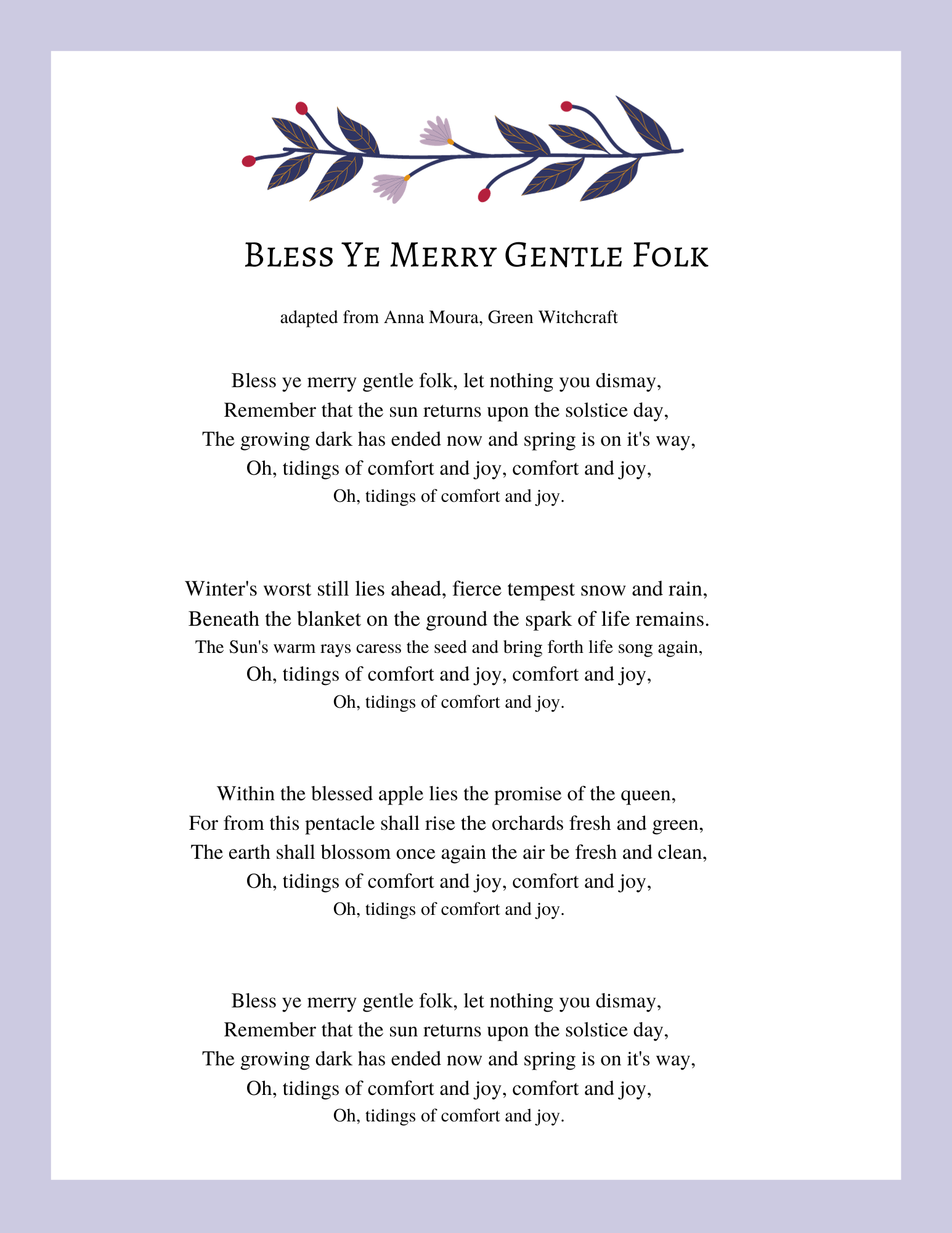The Grail Maiden is a card I pull often. “ The Grail Maiden guides all who go in search of the vessel, offering them to drink.” That sounds simple enough. Lovely, right? How helpful and kind. But, let me draw your attention to the little word after guides, “all.” The Grail Maiden guides ALL who go in search of the well, offering them to drink. She does not only guide those she chooses, or those who are nice to her, or those who understand. She does not only guide those who respect boundaries. And so, often, she risks having her boundaries crossed. In the legends, the grail maidens are raped and otherwise mistreated by King Amangons and his men.
It’s interesting that in our cultural context, someone is considered strong in their compassion until someone else hurts them. Or they “allow” someone else to hurt them. And, then, sometimes we admire the fortitude and ability of those who can keep their hearts tender and loving while in distress, however, we don’t seem inspired to place any cultural priority on developing this skill.
Did you think the Maiden’s kindness was misplaced when you heard it put her in a vulnerable position? Think back, what was your inner dialog and internal response when you realized harm came to her through her open-heart?
When we talk about boundaries there is a lot of confusion, as if having “good boundaries” means you will not be mistreated. This isn’t the case. Having good boundaries means you will be more respectful of the organic boundaries that exist in the world. These boundaries don’t “belong” to anyone, they grow organically around needs. They are disrespected when we neglect elemental needs like life and the components of life, including loving-ness. They are neglected when we choose convenience over the Earth, when we choose our own comfort over another’s access, when bombs drop on families. Every war that has ever waged, every displacement of people, every employer who took more while their employees had less. Every system concerned more with bottom lines than wellbeing. Every bomb that drops on families. These things are all connected by so many tightly woven fibers, and through all of them runs a thread of disrespected boundaries. It is not the responsibility of an individual to protect themselves from harm, it is the responsibility of an individual to try not to harm. The entity with poor respect for boundaries is the one causing harm, not the one being harmed.
When we work with learning to be more respectful of boundaries, we are not working to control others so they will not harm us. This is impossible. We are working to understand, to feel out, where the needs are and how to attend to them in the context available. The Grail Maiden is a beautiful example of this in action. She was not protected from physical harm, however, she also did not forsake her spirit to protect her body.
Now, remember, not to slip into binary thinking here. I am not advocating that we not try avoid being physical harmed. I’m asking us to consider what we are willing to do, what actions are available to us, and to place priority on protecting our spirit. If the actions I must take to protect my body sever me from myself, they were not valuable. They are disrespectful to my own innate boundaries that grow around the need to be true and whole and connected to myself. If I must become a tool of oppression in order to protect my personal body, but not my spirit or the body of humanity, what is the point? Have I not already lost all I sought to protect?
Non-violence and compassionate action are about fidelity to our spirit so that it can maintain its connection with the whole. When we activate from a place of compassion we are engaging a promise to remain connected to our spirit while facing risk or danger.
The faith claim that joins me in serving individuals and communities is that connection and attachment are protective. We, humans, are tethered by these attachments to self, others, Earth, and Divinity so that they provide the optimal environment for us. When we maintain connection and attachment, we can navigate barriers or issues from a place of optimal well- being. These attachments do not resolve or prevent all problems, however, they make the risk of being alive easier to accept and navigate without falling into the trap of disconnection, disassociation, severance. I hear the call of this severing, it is like a searing scream, and I answer that call from individuals and the collective because Us collectively living without a deep sense of connections and attachment to self, each other, Earth, and Divinity feels (physically in my body) like an unraveling of all that holds everything in the universe together. It feels urgent that we attend to those disconnections as we would attend to someone who was not breathing.





